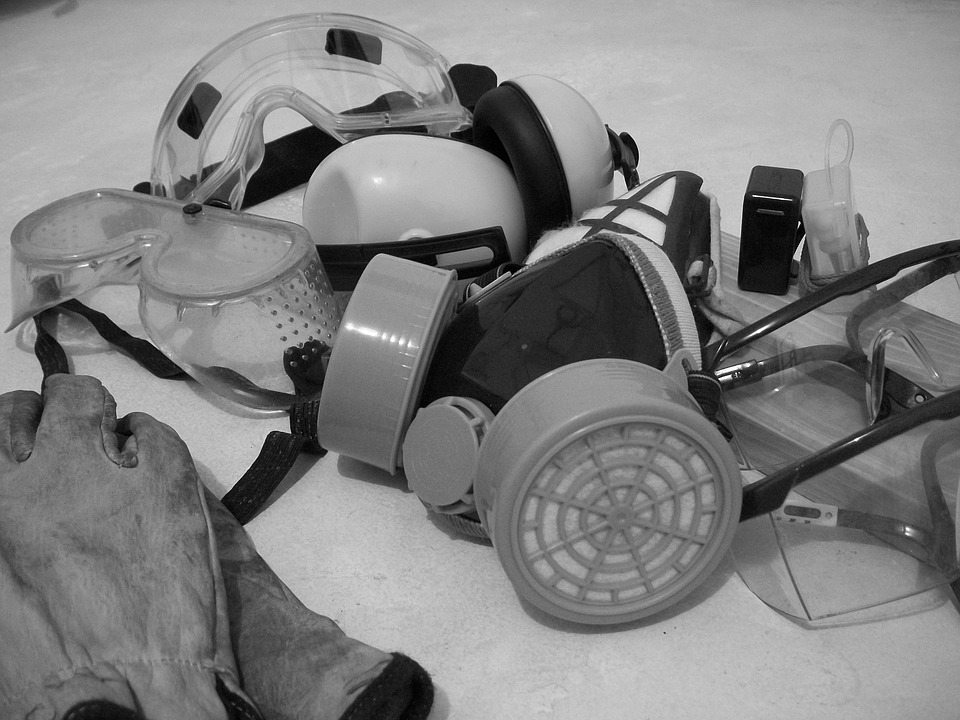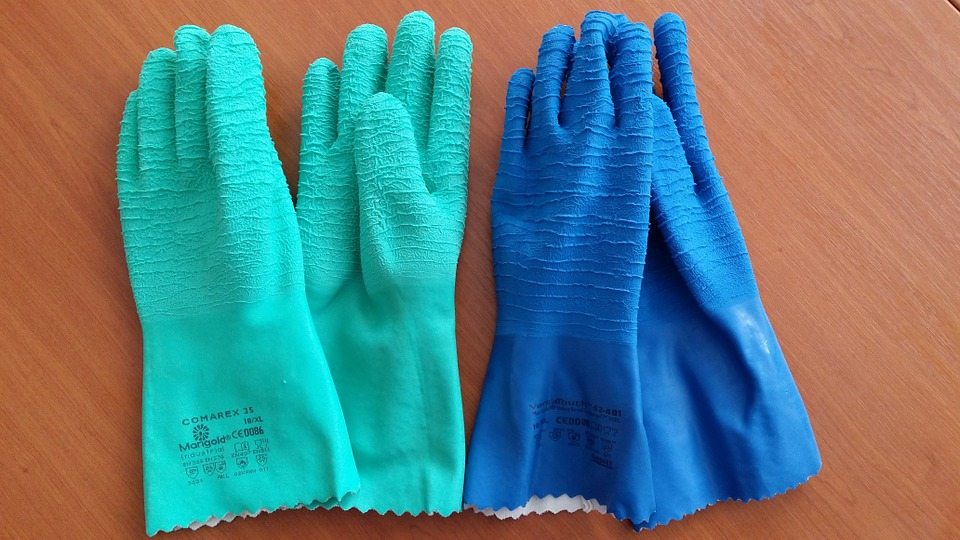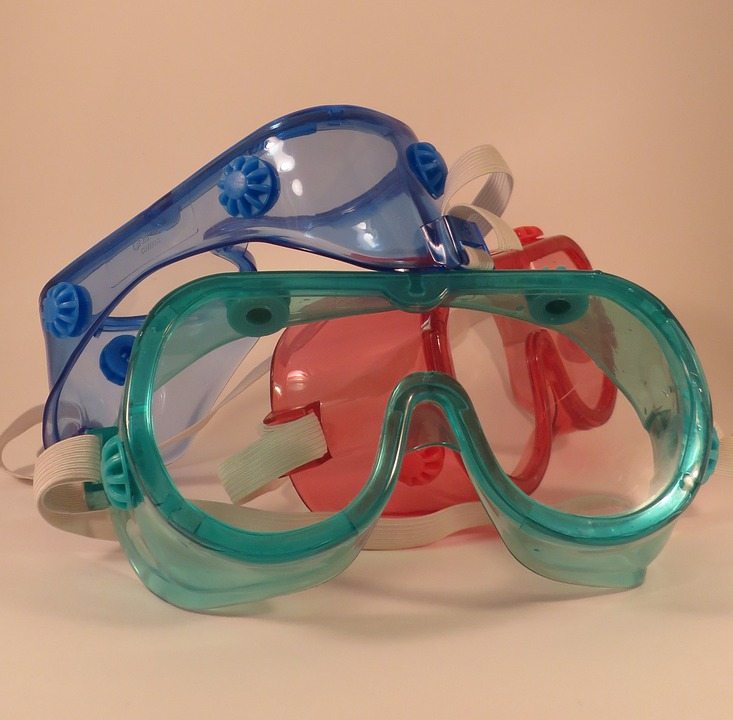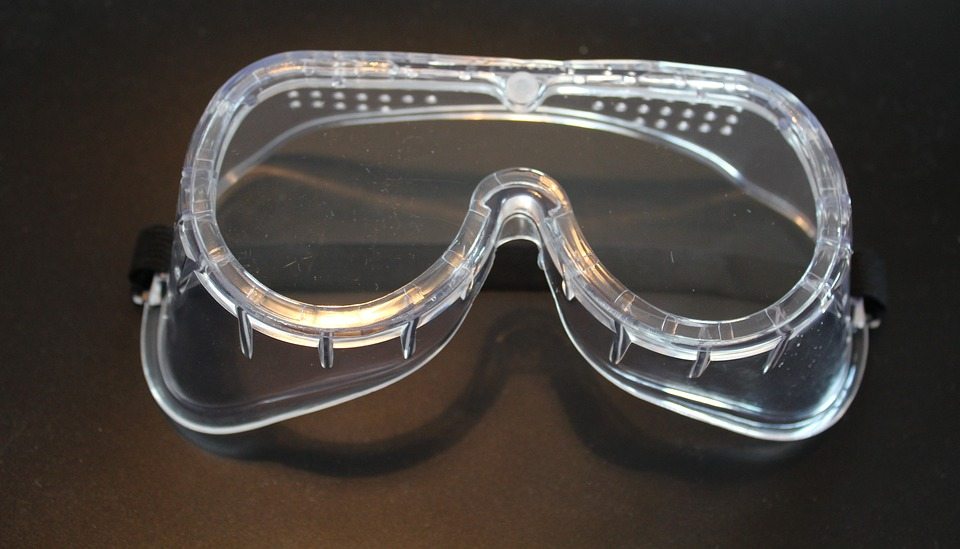Custodial safety isn’t just a catchphrase – it can save lives and save your company
When you’re in management in our industry, custodial safety is probably on your mind a lot. Falls, muscle strains, and reactions to cleaning chemicals haunt your dreams. After all, the Bureau of Labor Statistics notes that custodial work is the fourth-highest job by injuries and illnesses that require time off to recuperate – with the median number of those days being six. Overexertion is the most frequent injury, at 27%.
If overexertion were all there was to worry about, life for custodial workers would be relatively rosy. Unfortunately, you read every day about all kinds of other workplace accidents involving custodial workers: Workers ordered to dry-sand floor tiles that contained asbestos. Cleaners who accidentally inhale chlorine.
Fortunately, there are plenty of well-documented best practices for ensuring custodial safety on the job site, and if you take the time to understand and track them regularly, your employees – and your company – will thank you.

Manage bids, projects, clients, and more with Janitorial Manager. Find out more. Schedule a free demo today!
Safety = money
Most of us want to keep our staff out of harm’s way for the best of human reasons – we care about others. But a tight budget can make it tempting to cut corners on safety issues. However, the truth is that it’s simply more profitable to train and safely equip your custodial workers than it is to skip these expenses.
Why? First, because ignoring custodial safety leads to accidents, which in turn lead to federal and state fines, increased worker’s compensation costs and painful lawsuits. But perhaps less obvious is the cost of replacing injured workers, along with high turnover and declining productivity due to low morale.
The bottom line: Your employees feel valued when they know their boss has their best interests in mind and provides the appropriate tools and training for them to do their jobs effectively and efficiently. Ensuring your workers’ safety delivers innumerable benefits for the bottom line.

The dangers of a custodial job
The first step in promoting custodial safety at the job site is to have a thorough understanding of OSHA safety guidelines. These cover everything from bloodborne pathogens to electricity to personal protective equipment.
As OSHA – and any professional custodial manager – know, there are innumerable potential hazards for janitorial and cleaning staff. Impact Products, a leading manufacturer of supplies, safety gear, and accessories for the professional cleaning and maintenance industry, notes that most of these hazards fall into the following five categories:
1. Biological hazards
This involves exposure to infectious pathogens, bacteria, fungi, or mold.
2. Chemical hazards
Many cleaning chemicals contain a variety of hazardous materials, including “green” solutions, especially if workers misuse or mishandle them.
3. Physical hazards
This includes everything from contact with a moving piece of large equipment and slip-and-fall accidents, to overlooked risks such as using “noisy” or vibrating cleaning equipment or tools that are not ergonomically designed, and repetitive movement tasks such as vacuuming or mopping floors.
4. Poor indoor air quality
If a cleaning worker is working in an enclosed area after the building’s HVAC is shut down, fumes from powerful cleaning chemicals could result in health-risking indoor air quality.
5. Stress
Poor communication with supervisors, lack of organization, unsafe working conditions, overexertion, inadequate training and the introduction of new tools, equipment or procedures all lead to high stress among custodial workers.
Slips, trips, and falls were the second leading cause of nonfatal occupational injuries or illnesses involving days away from work in 2015, according to data from the Bureau of Labor Statistics. Water and other spilled materials can be a key culprit, so the right training can help reduce the number of accidents. When transporting a bucket full of water, for example, place the mop in the bottom, not in the wringer, to help prevent splashing when passing over doorway thresholds. Also, train your team to clean up spills immediately, and to use cleaning protocols that don’t just spread slippery substances around instead of actually cleaning.
Other physical hazards include simple muscle strains, which you can prevent by teaching employees the right way to do heavy lifting. You can even mount a handle on the front of a floor machine if it requires frequent transport up steps or into a van.
When it comes to chemical hazards, cleaning solutions are a primary culprit. Your crews should avoid dangerous products by reading product labels for warnings, and use green-certified products instead. Custodial workers can also use tricks such as reducing their exposure to hazardous materials by setting a sprayer nozzle to a semi-stream option instead of a mist distribution, or simply opening doors and windows and turning on the HVAC system to allow proper ventilation.

2 Surefire ways to make custodial safety part of your company culture
1. Give your team the right tools
How confident are you in the tools you provide to your cleaning crews? Here are some excellent guidelines. Safety equipment should:
- Meet specific needs of the worker
- Provide another layer of protection and serve as a proactive step to keep workers safe
- Include lab- and field-tested designs with transparent testing results
- Surpass the regulatory minimums for protection
For big items, focus on sustainable investments instead of cheaper, short-term, disposable solutions, which will also give you a positive return on your investment. But don’t skip your due diligence on the smaller, everyday things that keep your workers safe.
For instance, your team’s gloves are the first line of defense. Remember that one size does not fit all; consider spending a bit more for long-sleeve gloves to better protect your workers. Don’t skimp on getting the right gloves for the right task – insist on gloves made specifically for resistance to powerful chemicals such as degreasers, acids or caustics.
For those workers who use such chemicals, the other mandatory protective tool is protective eye gear. Choose eye gear that has “indirect” ventilation or is “non-vented.” With these, the possibility of chemical splashes getting into the eyes is minimized if not eliminated. This eyewear is also designed to provide a wide, unobstructed view so workers can see what they’re doing.
Keep track of all your cleaning jobs with Janitorial Manager. Schedule a free demo today!
2. Make safety part of your company’s culture
There are many resources that list safety protocols for custodial workers. But custodial safety is about more than just buying the right tools and creating lists of rules. You also have to make sure your employees follow the rules, use tools correctly, and take proper precautions. Unfortunately, it can be all too easy for cleaning companies to take a somewhat casual attitude toward employee safety training.
Some company owners resist the idea of regular training because it takes time away from cleaning work and revenue, notes D.J. Carroll, owner of EasyPro Property Services in Louisville, KY.
“Without proper training, you’re begging for problems,” Carroll says. “It will actually cost you more in the long term than what you’ll pay up front for training.” And not only must you maintain high training standards, you must let your people know how important safety is to you. Communication keeps morale high, and it means your workers won’t be afraid to report problems or on-the-job injuries because they’re afraid they’ll lose time, income, or even their job.
After all, if problems or injuries are swept under the rug, you can’t take steps to prevent them from happening again. What’s more, it’s up to management to maintain high safety standards. Provide regular training and refresher courses, stay vigilant to keep everyone on the same page, and make sure your employees have a safe, structured way to communicate safety concerns, understand the reasons for these safety protocols and understand that safety is part of their job, not just more rules imposed by management.
Oh, and above all, unless you’re required by law to use it, avoid the traditional tactic of rewarding X number of accident-free days: It’s the most effective way you could devise to discourage the reporting of problems or accidents.
Once you understand that your team’s safety is one of the most important aspects of your job as a manager, you’re already on your way to plenty of accident-free days. And that delivers not just a better bottom line for your company – it also means more peace of mind for you every day.

